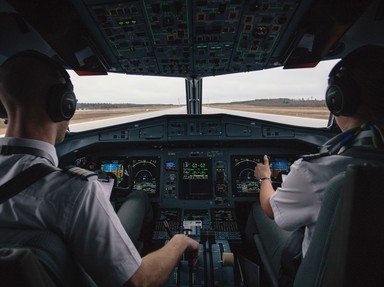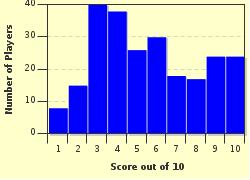Quiz Answer Key and Fun Facts
1. The Douglas C 54 became the symbol of the Berlin Airlift during those tense months in 1948-49. It was called the:
2. The Boeing Model 377 was employed by airlines like PAA (Pan American) and BOAC (British Overseas Airways Corporation) on their major international routes and was a favourite with crews and passengers alike. It was known as the:
3. This aircraft was the result of a visit to the Lockheed Company by Trans World Airlines (TWA) new owner Howard Hughes and his request that they develop a new luxury airliner capable of flying non-stop across the continental USA.
4. This four engine turbo-prop airliner was the only one to seriously challenge the American dominance of the commercial aviation scene between 1935-1965.
5. Some aircraft have been controversially described as 'White Elephants' over the years but this one probably comes closer than most to fitting this description.
6. This four engine turbo-prop airliner was designed to compete with the Constellation and DC-6 but protracted development problems meant it arrived too late on the airline scene to achieve the success it deserved.
7. The legendary Douglas DC-3 is probably the most successful aircraft of all time. The launch customer of this new type was American Airlines who put it into service as the:
8. During the 50's and 60's the holy grail of aircraft manufacturers was to build the elusive 'DC-3 replacement'. Probably the aircraft which came closest to achieving this goal with world-wide sales was designed by a European manufacturer and was called the:
9. While Boeing and Douglas saw pure jets as the future of commercial aviation Lockheed noting the success of the Viscount decided develop a turboprop type as a successor to the Constellation. The resulting aircraft was the:
10. This light regional airliner developed by the De Havilland company in the 1950s was popular with airlines because of the reliability its 4 engine layout offered in an age when aircraft power plants were prone to failure.
Source: Author
mstanaway
This quiz was reviewed by FunTrivia editor
bloomsby before going online.
Any errors found in FunTrivia content are routinely corrected through our feedback system.

